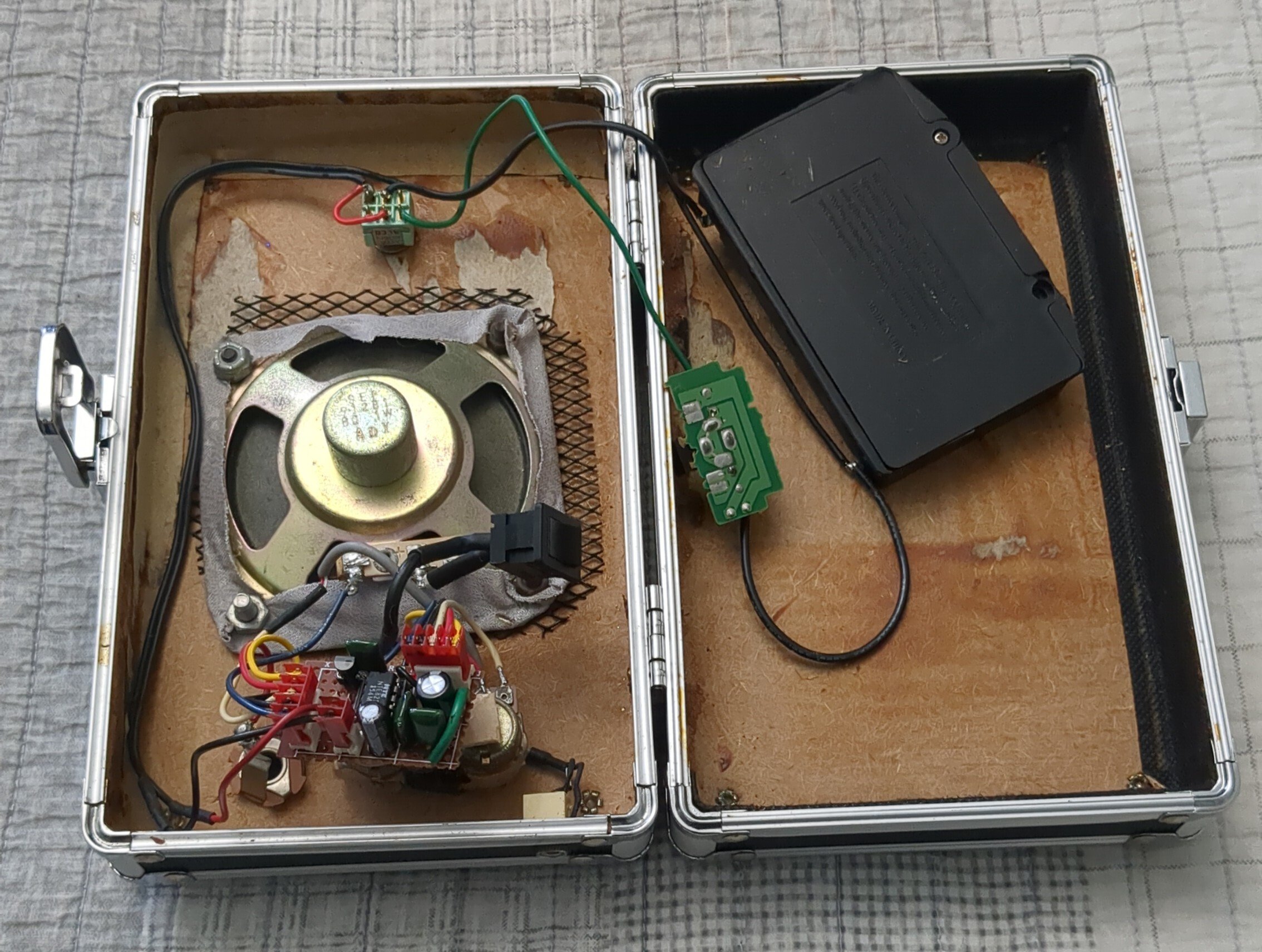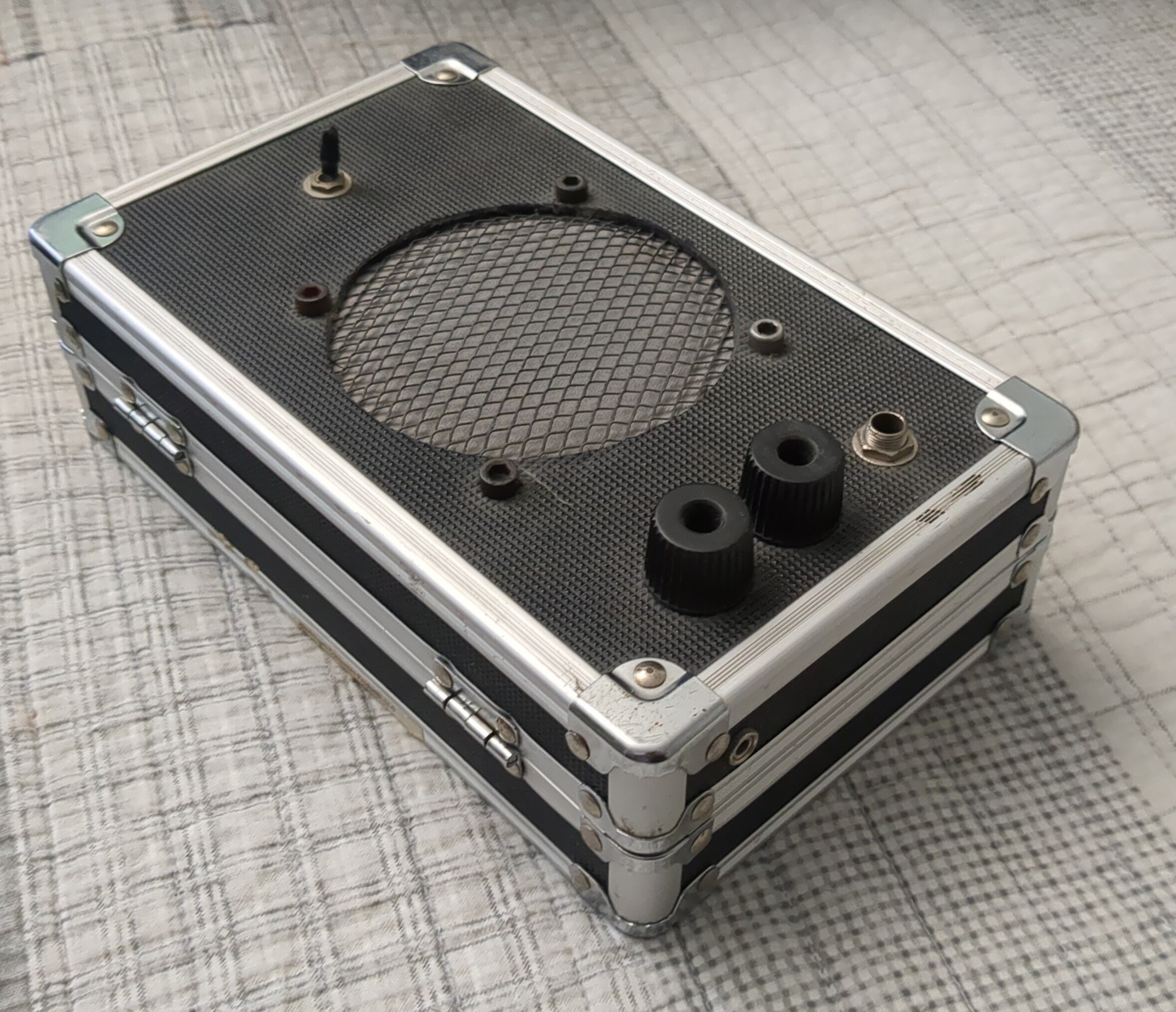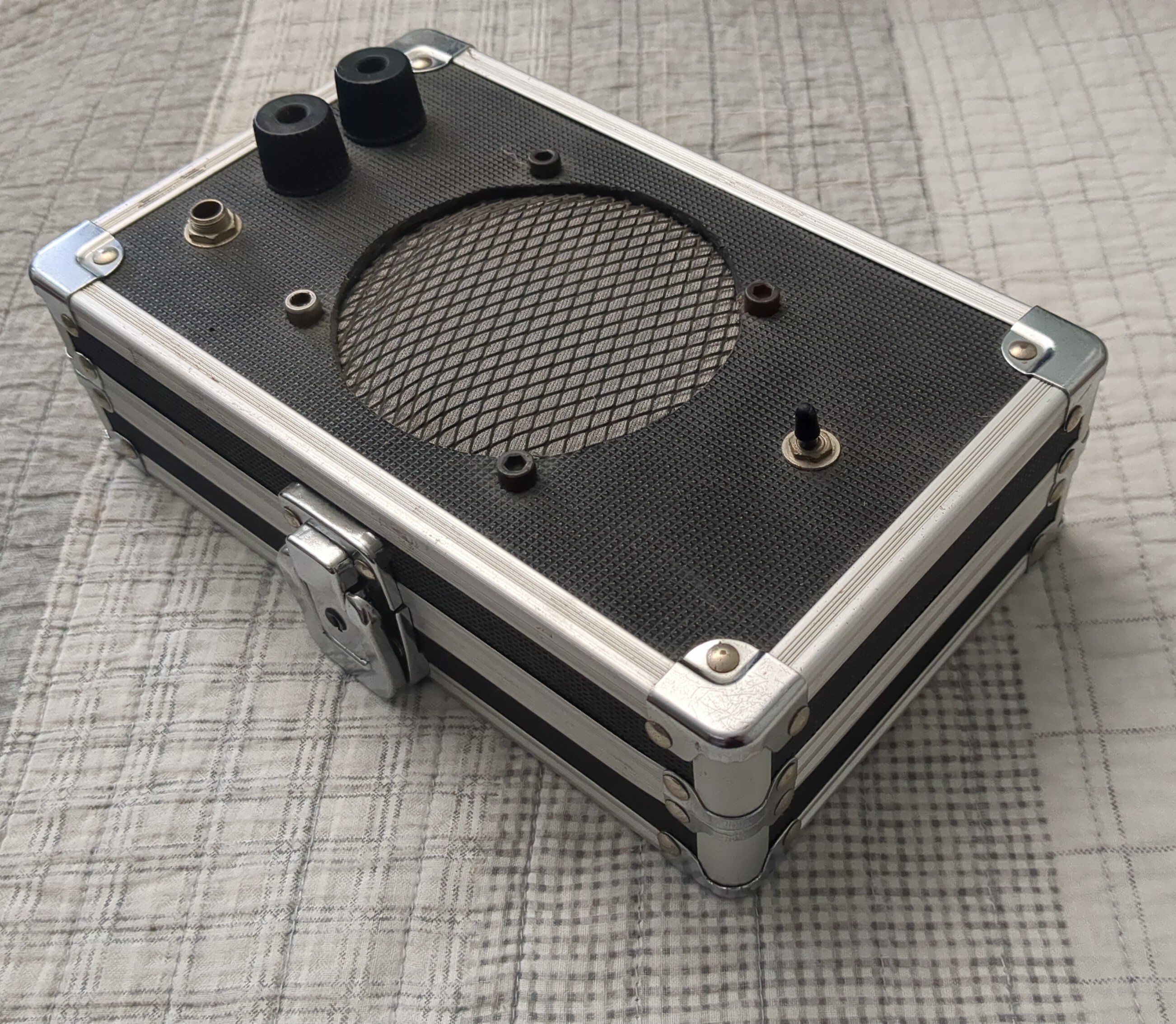And worth supporting as decent fellow humans
Just flash a ROM with a programmer or more?
It was a gift. It might get homebrew if I get motivated enough to look into it
Quit paying my neo feudal tax to Nintenlords and the shits erased all my games. Fucking thieves rule
No one wants to swim next to a drowning person with their head deep below the surface of democracy, hitched to the wagon of a fascist. That garbage is just hype, or the duty of every American to fight.
At some point some kids learned they could get food and shelter by peddling the dumb shit their dad made up when they were kids.
"Daddy, where is uncle Larry after he touched little Susie?"
He's burning in hell sweetie.
"... Are we having bacon tonight daddy?"
No sweetie. That's uncle Larry in hell.
This is slut?
I see your nuance better now. I'm saying that diversity is not a qualifier for total artistic value. I believe it is okay to tell flawed stories as art. I do not believe that all stories should be flawed, they should be an exception not the rule.
This is where we are likely strongly aligned versus any potential for difference. I believe telling better stories is the failure of the entertainment industry. There are plenty of better stories to tell. The real prejudice is happening by the cowardice of choosing misogynistic stories to tell. Really, there is not enough value placed on the big picture abstract overview. People are playing with the trees when they should be managing the forest. Old familiar stories with foundations built in an era of a lack of diversity are ripe to abandon for a new era of better stories.
In the last 10 years it has become common for devs to disable and remove or encrypt to prevent reverse engineering and repairs. If the device is older, the debug info from UART is likely still present. How useful that information is may be dubious.
Most of what you are saying about functionality is not in line with how a microcontroller works. The microcontroller is not sophisticated like a real computer. It is like a very simple state machine running on the device. Basically it is like a single long script that is not running on any kind of abstraction layer. When the device is turned on, there is the script. The script is not executed by some operating system or any other complication. The entire software stack is the script. Only, the script is actual hardware registers and flags and operation codes.
There is a tiny amount of RAM that actually runs the script, like 16kb. There is the programmed memory, like 32kb. Then there is a tiny amount of electrically erasable and reprogrammable memory, like 4kb. The eeprom is the only section of memory that a microcontroller can access to write persistent data, meaning something that will still be present when power is cycled.
I doubt many people use eeprom to save any kind of error. This is more like where a serial number might be saved, or more likely the calibration values for some internal control algorithm. It is not anywhere near large enough to save something significant like the script.
It is far more likely that the script is just a state machine and is reaching an error state because of some missing or bad signal that it needs to continue running the script. This is likely your problem and the issue is like 99% likely to be hardware and not the microcontroller.
Resetting such a device is just an interrupt signal that restarts the script. There is nothing dynamic about this.
From the perspective of the original dev, the ISP programming interface has the functionality of brute forcing running code to step through each machine instruction and halt further execution while monitoring or changing any value present in any register of the internal microprocessor. This is super powerful but requires a pricy setup from the manufacturer in most cases, and a thorough understanding of the internals of a microprocessor's registers, op codes, memory addressing, interrupts, clocks, and the ALU (arithmetic logic unit).
In this type of device, text strings are far too expensive to have much, if any, value. Any such debug info is likely to be very terse. Text strings take an enormous amount of memory space to encode, so in general, these are not used very much. A microcontroller is a far simpler device than this. It is a computer in the sense of a device that can do Input/Outputs and run a control algorithm like a temperature controller with a PID loop.
There are a half dozen or so people that cause 90% of all negative behavior according to an admin on another instance. LW does not seem to take responsibility and act to stop these 0.0001% of bad users.
Mods can't see jack ****. Only admin see that info.
Unfortunately LW doesn't take updating the Lemmy version seriously either. The server version is WAY behind and the very next version of Lemmy adds the ability to turn off all negative votes at the user level. That single feature would likely improve the mental health of most LW users substantially.
In broadly adjacent timeline 14 years after the end of the US Civil War, in an era of iron side steam ships. The high-wheeler bicycle was a decade old in 1879








I'd maybe pay to have all IR junk and screen side camera removed. I'd definitely feel it adds value if they would clamp the speaker and mic to the audible range with a hardware filter. Give me a hardware switch to remove modem power and I'd be happy.